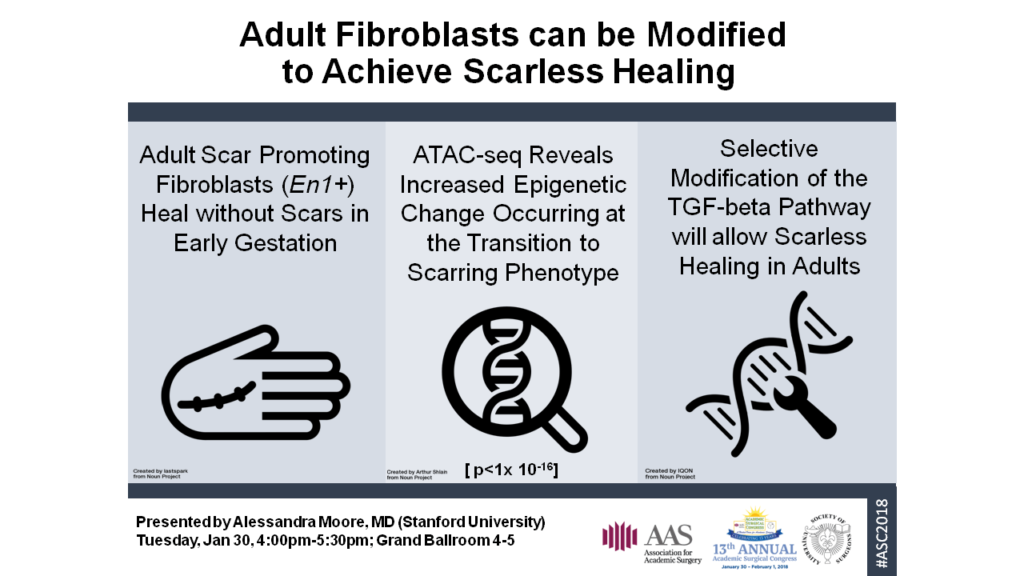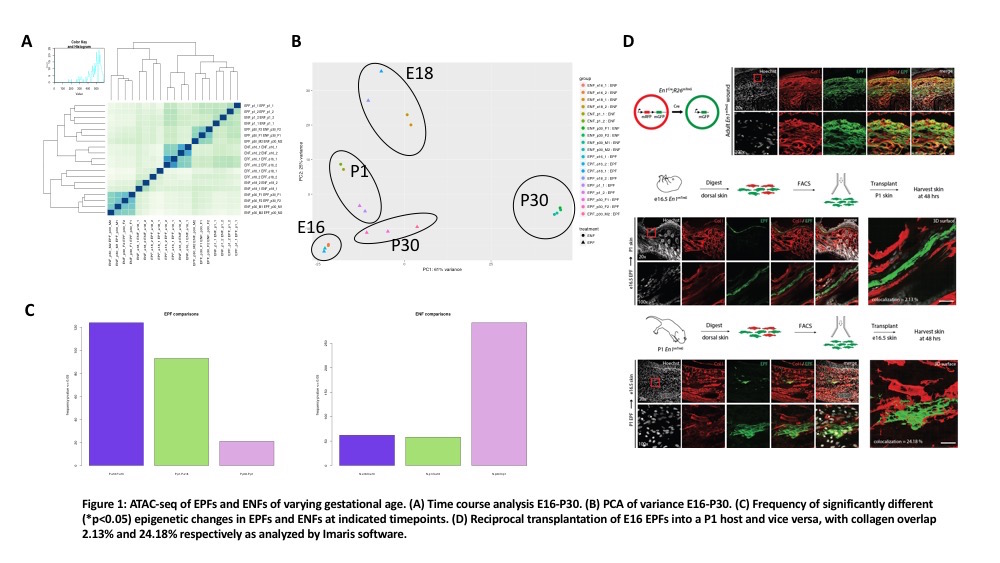Z. Aburjania1, T. W. King1 1University Of Alabama at Birmingham,Plastic Surgery,Birmingham, Alabama, USA
Introduction:
Decreased rates of wound healing affect millions of patients annually. We are interested in discovering novel strategies to enhance the wound healing process in diabetic patients. We have previously shown that inhibiting Notch inhibits wound healing. Based upon our previous work, we propose that upregulation of Notch would increase rates of wound healing. JAG1 is a known activator of Notch. Therefore, we hypothesized that applying topical JAG1 to ex vivo excisional wounds on the backs of mice would result in increased Notch activity, and thus an increased wound healing rate as compared to untreated wounds.
Methods:
Skin biopsies from 12-week old, healthy mice, (1-cm2 full-thickness) were cultured ex vivo. A 4-mm wound was created in the center of the skin biopsy. A topical application onto the open wound bed of JAG1 (10 nM) or vehicle (PBS) was applied daily for 14 days. Digital photographs were taken daily and the skin was processed for histological and protein analysis on days 3, 7, 10, and 14. The wounds were analyzed using ImageJ software. Wound area was calculated as a percent area of the original wound size. Statistical significance was defined as p<0.05 using the students’ t-test.
Results:
Partial to complete re-epithelialization was seen in the wounded tissues over the experimental period in both the control & JAG1 treated groups. The mouse skin treated with topical JAG1 had an increased rate of wound closure when compared to wounds treated with PBS.
Conclusion:
JAG1 increases the rate of re-epithelialization of cutaneous wounds in an ex vivo murine wound-healing model, indicating that Notch signaling plays a crucial role in wound healing in mice. Based upon our findings, further study of Notch in wound healing should be conducted which may then lead to better therapeutics for the wound healing process in patients.
1





